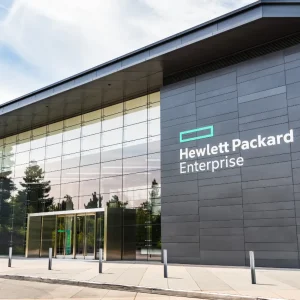
Industry watchers say numbers show accelerated cloud take up but users continue to express concerns about security, flexibility, control and compliance.
The considerations that affect the decision to undertake cloud migration are weighty for any business.
These include security, flexibility, control and compliance. These are taken as definite requirements.
Says Bob Welton, senior director NTT Communications, "we’ve seen the early days of people moving cloud ready workloads into hyper scale data centres and public cloud providers. This was the low hanging fruit."
Today, says Mr Welton, hybrid cloud is what it is about. He cites the world of agile programming.
"If you look at agile programming disciplines, these are designed to take advantage of cloud environments and what is clearly needed is to leverage cloud."
One surprising place this is happening is within financial services.
Though not generally known for its bleeding edge technology adoption, the advantages of containerisation and micro services is generating a lot of activity within Financial Services technology and this is even pushing the cloud agenda within FS organisations.
"We are seeing the drivers within financial services for the IT function to do agile and other programming methodologies, and those require cloud architectures."
Many systems need to be interconnected and spread across traditional environments and new end points to give an end customer single view.
"For an organisation to fail fast and avoid dead ends it needs to be able to capture key bits and turnaround in prototyping. If you are starting a stream of development and then three or six months later you see what you’ve produced is not delivering the desired end user experience, or it is not where the customer experience needs to be that will put the organisation at a market disadvantage.
"You have to use a cloud platform to accelerate the process. And what’s driving one is driving them all."
"Some people are starting small and growing out. It largely reflects the maturity of the industry. In two or three years we’ll see firms saying we’ve got a massive workload to move to hybrid cloud and that they’ll be looking for is to improve risk mitigation from cloud suppliers and for cloud assurance from across the globe.
The move to the cloud invariably raises issues of privacy legislation and data protection and wether this is accelerating or slowing cloud adoption?
From a data perspective it can appear to be quite a segmented market. Mr Welton says because of NTT’s cloud footprint which is delivered from many locations and countries and we can do private and hybrid cloud. Hyperscale public clouds have less flexibility to deal with ‘real world ‘ issues, says Mr Welton.
"If someone has multiple cloud providers – and they may go down the multiple cloud provider route – it increases the risk. Providers will have different working models. And as a system becomes more complex if you start going down the territorial route then from an overall resilience perspective it can be a challenge. With large public providers you can’t necessarily look under the covers to see how their standards operate. Does it ensure the necessary compliance for your industry or market in areas such as security and risk. We’ve seen many businesses adopting cloud and with many of these platforms, web centric or not, we will data flying out between different service providers. There are questions about how much of this data transfer is compliant with existing and forthcoming rules."
This raises the question about migration strategies, if the journey to the cloud is taken over steps, how far down the road are we?
Mr Welton believes the transparency is about resilience and ensuring the continued operation of your workload within a compliant state. And at the same time the cloud is there to abstract you from that complexity. People will look at inter-dependence. If there is a global customer there are very few suppliers which can give the required service level everywhere, he says.
And then lastly when it comes to cloud, there is often a cloud first agenda.
"The decision tree has re-oriented so the first question is why not cloud. There are already many enterprises pushing this approach. Microsoft for example needs to get software out to the users rapidly so continuous evolution is really key and is an applied to benefit of end user."






